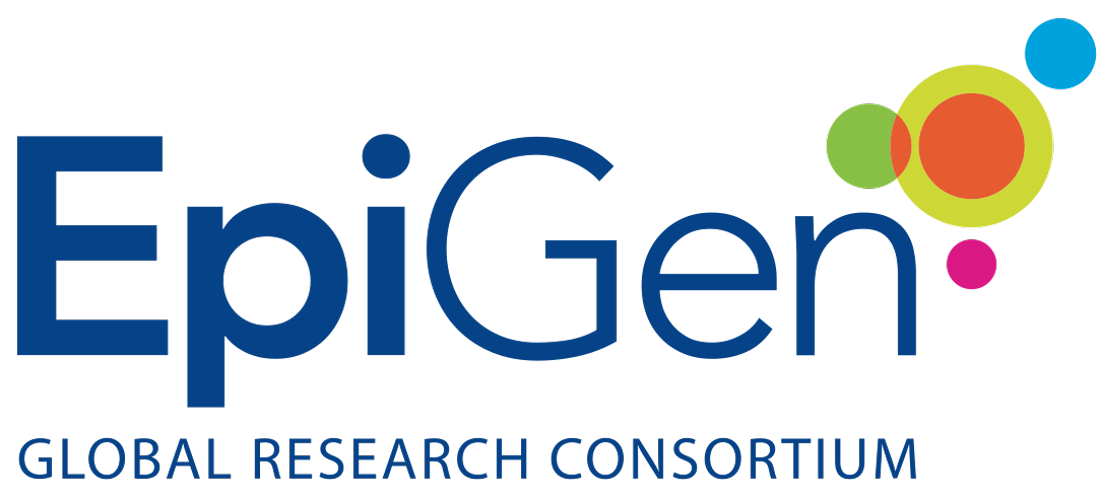New Publication: Preterm Birth: A Narrative Review of the Current Evidence on Nutritional and Bioactive Solutions for Risk Reduction
Preterm birth (PTB) (<37 weeks of gestation) is the leading cause of newborn death and a risk factor for short and long-term adverse health outcomes. Most cases are of unknown cause. Although the mechanisms triggering PTB remain unclear, an inappropriate increase in net inflammatory load seems to be key. To date, interventions that reduce the risk of PTB are effective only in specific groups of women, probably due to the heterogeneity of its etiopathogenesis. Use of progesterone is the most effective, but only in singleton pregnancies with history of PTB. Thus, primary prevention is greatly needed and nutritional and bioactive solutions are a promising alternative. Among these, docosahexaenoic acid (DHA) is the most promising to reduce the risk for early PTB. Other potential nutrient interventions include the administration of zinc (possibly limited to populations with low nutritional status or poor zinc status) and vitamin D; additional preliminary evidence exists for vitamin A, calcium, iron, folic acid, combined iron-folate, magnesium, multiple micronutrients, and probiotics. Considering the public health relevance of PTB, promising interventions should be studied in large and well-designed clinical trials. The objective of this review is to describe, summarize, and discuss the existing evidence on nutritional and bioactive solutions for reducing the risk of PTB.
To read more (with hyperlink to https://www.mdpi.com/2072-6643/11/8/1811/htm )
Samuel TM, Sakwinska O, Makinen K, Burdge GC, Godfrey KM, Silva-Zolezzi I. Preterm Birth: A Narrative Review of the Current Evidence on Nutritional and Bioactive Solutions for Risk Reduction. Nutrients. 2019; 11(8):1811.
